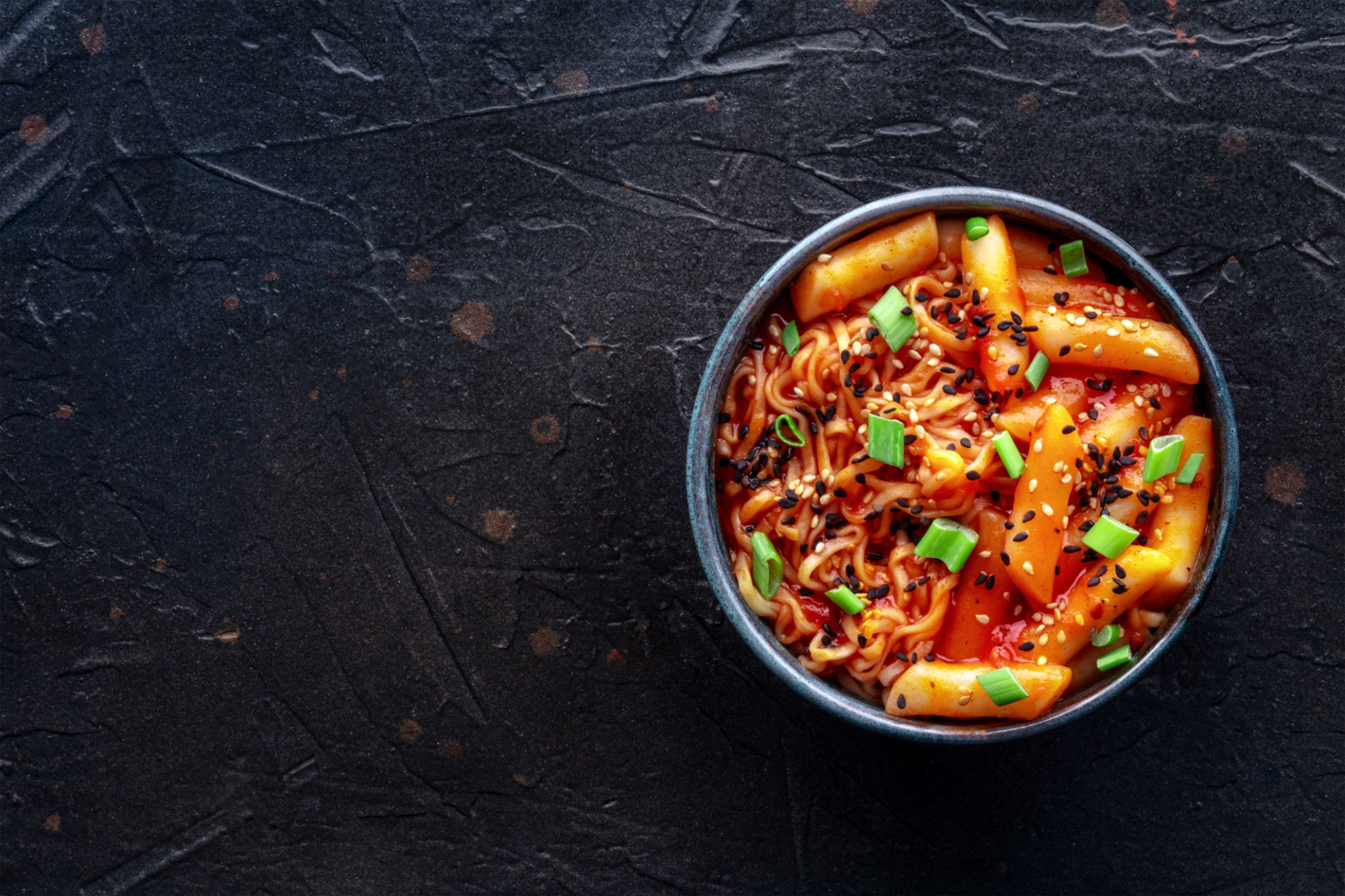Myths About Korean Cuisine Debunked: A Local’s Perspective
Introduction
Korean cuisine has been gaining popularity around the globe, celebrated for its bold flavors and unique dishes. However, with its rise in fame comes a slew of misconceptions. As a proud local, I'm here to clear up these misunderstandings and give you an authentic glimpse into the world of Korean food.
Myth: Korean Food is All About Spicy Dishes
One of the most common myths is that all Korean food is overwhelmingly spicy. While it's true that Koreans enjoy a little heat in their meals, not every dish will set your mouth on fire. In fact, many traditional dishes are quite mild, focusing instead on a balance of flavors.
For instance, dishes like Samgyetang (a ginseng chicken soup) and Galbi (grilled beef short ribs) are perfect examples of Korean cuisine's delicate side. These dishes highlight natural ingredients without overpowering spice.

Myth: Kimchi is Just Spicy Fermented Cabbage
Kimchi is undoubtedly the most famous Korean dish, often misunderstood as merely spicy fermented cabbage. In reality, kimchi encompasses a wide variety of fermented vegetables, each offering distinct flavors.
There are over 100 different types of kimchi, including Baechu Kimchi (cabbage kimchi), Kkakdugi (cubed radish kimchi), and Oi Sobagi (stuffed cucumber kimchi). Each has its own unique taste and spice level, catering to different palates.

Myth: Korean Cuisine Lacks Vegetarian Options
Another misconception is that Korean food is not vegetarian-friendly due to its emphasis on meat. While it's true that meat plays a significant role in many dishes, there are plenty of vegetarian options available that are both delicious and satisfying.
Dishes such as Bibimbap (mixed rice with vegetables) and Japchae (stir-fried glass noodles with vegetables) are staples in Korean cuisine and can be easily tailored to suit a vegetarian diet.

Myth: Korean Barbecue is the Only Way to Enjoy Meat
Korean barbecue is a delightful dining experience, but it's not the sole method Koreans use to enjoy meat. There are numerous other ways meat is prepared and savored in Korea.
Dishes such as Bulgogi (marinated beef) and Sundubu Jjigae (soft tofu stew with meat) showcase the versatility of Korean cooking techniques beyond the grill.
Conclusion
Korean cuisine is a rich tapestry of flavors and traditions that extend far beyond the common myths. By understanding and appreciating the nuances of Korean food, you can enjoy a more authentic culinary experience that goes beyond stereotypes.
Whether you're a curious foodie or a seasoned fan, there's always something new to discover in the world of Korean cuisine. So next time you dive into a Korean dish, remember these debunked myths and savor the true essence of Korea’s culinary art.

